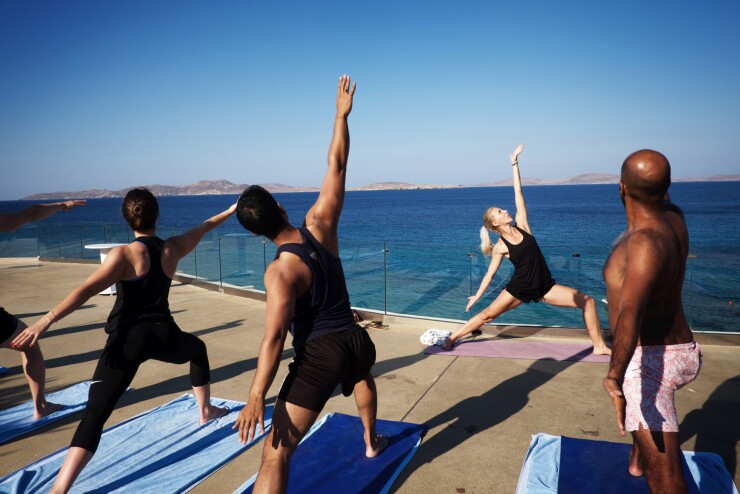In case you missed it,
Wellness is currently en vogue, and in a very big way. Companies of all kinds want in on the gold rush. To put things into perspective, the global wellness economy is currently valued at $4.5 trillion, based on
Read more:
In fact, workplace wellness only accounted for $48 billion of this total, which even trailed Thermal/Mineral Springs (a $56 billion segment). Not surprisingly, workplace wellness was light years behind the beauty and anti-aging, weight loss and physical fitness sectors.
While employees resist screenings, dodge health coaching calls and
Read more:
There are major issues with the growing clout of consumer wellness products and services. For one, many consumer wellness options perpetuate inequity which is already a critical issue in our society. Those with money and means can access the tools for a better life that marketers have handcrafted for us all. Those on the outside can only watch as they feel further disenfranchised and less motivated to access the wellness options that are more readily available to them.
Consumer wellness solutions are not necessarily peer-reviewed, clinically-sound and based on science. For every legitimate product, there are many others who are hopping on the wellness bandwagon with misleading, ineffective, or even dangerous, offerings. And then you have the explosion of wellness “experts.” In today’s society, we are handing over the authority of wellness to celebrities like
In the process, we’ve democratized health information and largely bypassed physicians, clinicians and wellness professionals. It’s not a good thing when the credibility and expertise of a trained professional is ignored in favor of someone with a knack for Instagram filters and motivational quotes.
Finally,
So, what does the workplace wellness industry do with all of this?
First, let’s ask ourselves a really tough question. Why is it that we can’t even pay people to use our services while consumer brands generate billions of dollars in revenue because people want to buy what they are selling? It’s not that people aren’t interested in wellness. They aren’t interested in our version of it.
It starts with
Read more:
We also aren’t doing the best job of innovating. We have invested in leveling up our member portals, in expanding our e-learning libraries and adding new challenges to our programs. But it might be time to step further outside the box. Fast Company recently published a list of the ten
As a last observation, we haven’t incorporated consumer wellness trends into our toolkit. Many of the products and services out there actually bring value to individuals. Part of our job should be to help our employees cut through the noise, make wiser choices and have greater flexibility when it comes to their wellness journeys. We could amplify the positives of consumer wellness and mitigate the risks and the dark corners of the consumer wellness world.
This doesn’t mean we offer Playboy TV subscriptions or give away tech-enabled mattresses during open enrollment. It does mean that we can learn from what’s happening in the consumer wellness space. We can listen more actively to the consumers we serve. And we can even potentially leverage the best parts of consumer-based solutions to lead corporate wellness into a brighter, bolder future.






